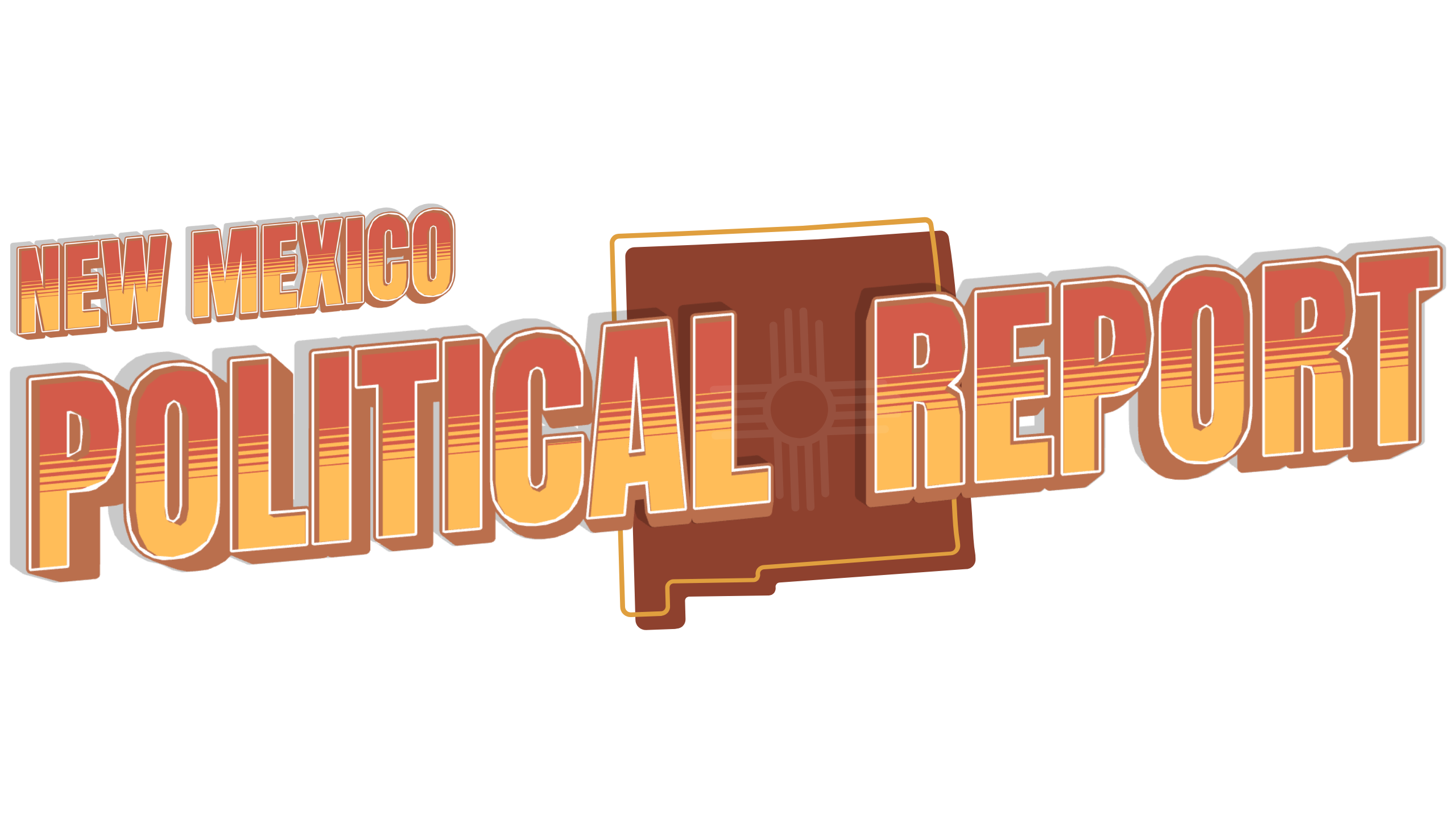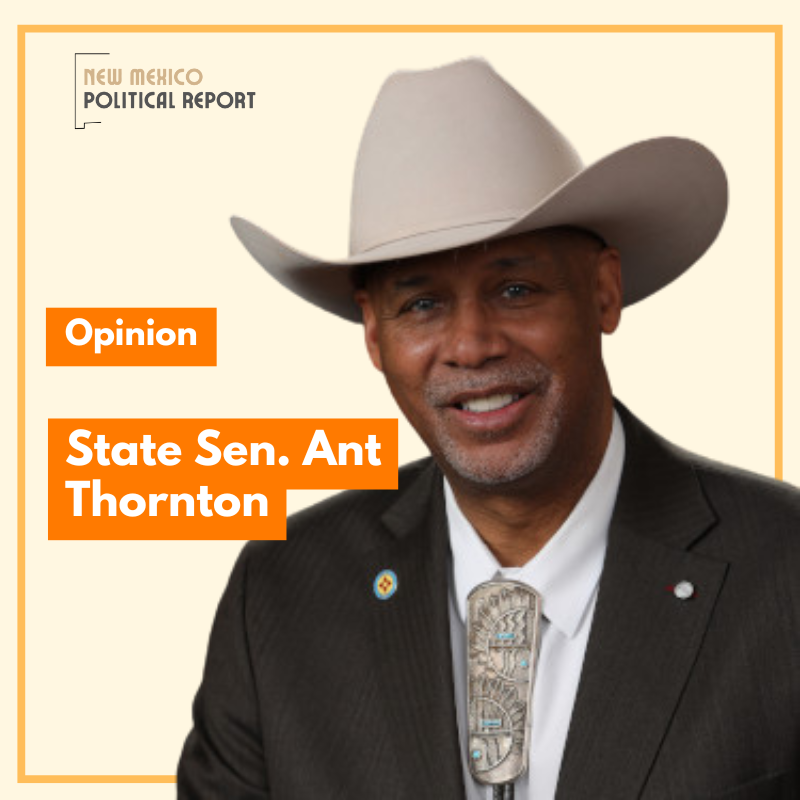
Opinions
Anthonty “Ant” Thornton is a state senator representing State Senate District 19 including parts of Torrance, Santa Fe, Sandoval and Bernalillo Counties, including the East Mountains.
In a recent opinion piece in the New Mexico Political Report, Senator Pope and colleagues framed the growing concern over sexually explicit and violent materials in schools as an attack on the “Freedom to Read.” They portray responsible parents as would-be censors. This framing isn’t just misleading — it distracts from the real, science-backed harm of exposing children to age-inappropriate content.
This debate isn’t about banning ideas. It’s about protecting the psychological and emotional development of children, something our laws and public institutions have a duty to uphold.
1. The threat begins in elementary school.
Studies show that by age nine, 10% of children have already seen pornography, with the average first exposure age only 13. For younger children, the most common online harm is encountering material “meant for grownups.” The corruption of innocence starts early, long before high school, making clear content safeguards in schools essential.
2. Exposure to explicit material is a form of trauma.
Research published in Frontiers in Child and Adolescent Psychiatry links underage pornography exposure to trauma responses similar to those seen in child sexual abuse victims—flight, fight, and dissociation. This is not about discomfort or morality; it’s about measurable psychological injury.
3. Media violence has proven effects.
The American College of Pediatricians reports that the relationship between media violence and real-life aggression is “nearly as strong as the link between smoking and lung cancer.” Children exposed to violent media become desensitized, imitate what they see, and normalize violence as a solution.
4. Technology magnifies the risk.
Every additional device a child owns increases the odds of online harm by 21%, according to the Growing Up in New Zealand study. Schools and libraries that offer unfiltered access are statistically guaranteeing harm, not preventing it.
5. “Parental choice” alone can’t protect kids.
In today’s connected world, one child’s exposure quickly becomes another’s. Harmful content spreads through peer-to-peer apps, group chats, and social media. Parental supervision is essential but cannot replace community safeguards.
The Solution: A book and media rating system for schools.
Just as movies and video games carry content ratings, schools need a book rating system — a transparent, standardized framework that helps parents, teachers, and librarians identify age-appropriate materials. This system would inform, not censor, by providing clarity about sexual, violent, or mature themes before children are exposed to them. States like New Mexico should lead by incentivizing districts that adopt such systems.
Protecting childhood is not censorship.
The science is clear: we are not debating “book bans,” but defending children from measurable harm. Our guiding principle must be simple — Protect Kids, Not Porn. A book rating system, combined with strong digital safeguards, respects both parental rights and child safety.
It’s time to move beyond rhetoric and build policies grounded in evidence, responsibility, and love for the next generation.

